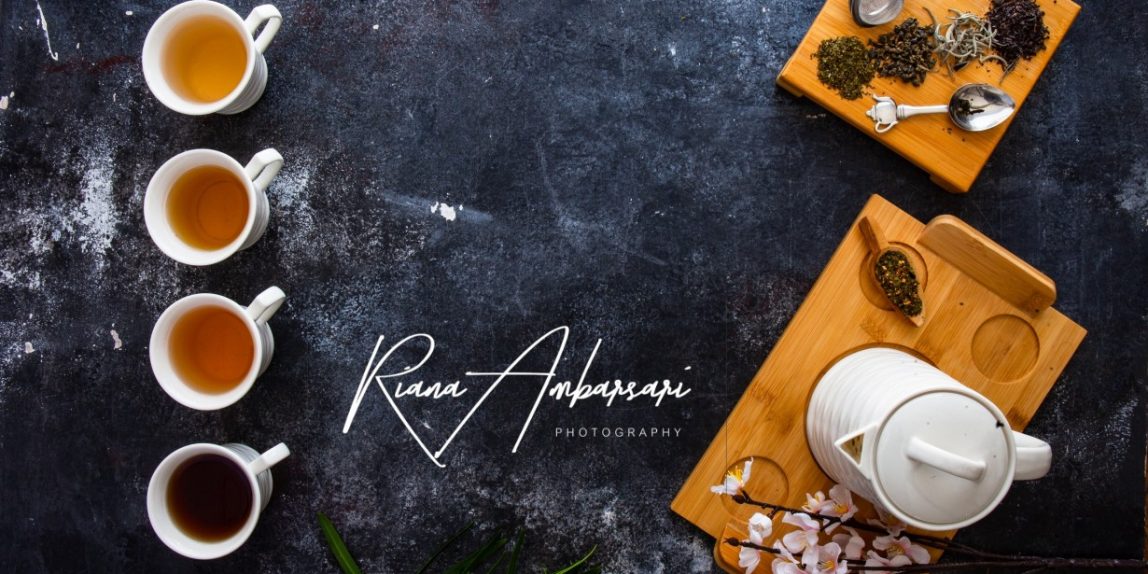Photographing Many Items for Many Purpose in the Shortest Time
One of the biggest challenges that is. But it is doable. This is actually a case study of Nijuugo Japanese Restaurant I did recently. I call it: Bulk Scenario 🙂
Entity: Japanese Restaurant aiming for soft opening soon
Output:
– Dine-in menu book
– Social Media content
– Flyer, Banner, other offline promotional material
Number of items: 118 – 150
Style: rustic, bold, festive, family timeDuration: 2 working days (8 hours each)
The Work Flow
- Food will be out from the kitchen in groups, according to its category on the menu. Make sure you talk to the chef about this and that he is ready to do so.
- Arrange and style all the items in one group on one table, get ready for flat lay.
- Shoot flat lay the items ALTOGETHER. While you’re doing this, the next food group can start coming out the kitchen and your food stylist can work on it earlier on the other table.
- Have the graphic designer or the art director approve on your flat lay shots, set aside the camera, grab another one with tele lens, then move on to normal angle. This is why I suggest to use 2 camera systems, so the movement from flat lay to normal can be quick and smooth. No changing lenses nor even tripod. You just need to set one aside and grab the other one.
- Take single shots for EVERY ITEM without making major changes to the styling set. This is vital. The more changes you make, the longer time it takes to finish. Work accurately yet quickly. Get approval for every shot item, then you’re done with the first group. Hopefully by this time the next table is ready.
- Sip a cold kombucha, then repeat the above flow.
What You Need to Prepare
- Obviously your need to prepare for two main angles: flat lay and normal. Assign at least one camera system (body + lens + tripod) for each angle.
- Prepare at least two table sets. One for the running shooting, the other one for the next setup that your food stylist can work on earlier while you were busy shooting. Use the same styling for both tables, since this is a continuous shooting for basic menu and promotion, everything has to be synced with one another according to restaurant branding and marketing strategy.
Gear
- 2 camera bodies, same type (I used 5DMkII)
- 1 lens for flat lay, from normal to wide (mine was 24-70 mm)
- 1 lens for normal angle, from normal to tele (I used 100 mm macro on day-1, 85 mm on day-2, just to try the 85mm. One project later, I decided I prefer the 100 mm). If you use APS-C camera, considering the crop factor, a 50 mm is perfect. A built in macro would be nice, too.
- 2 tripods. For the flat lay, a tripod with a horizontal arm is perfect (mine was Manfrotto MT055XPRO3). Equip it with a mini waterpass if you can. A tip I got from one blog was to use comppass application in my iPhone. There is a digital waterpass function in there. Kewl, huh? The other tripod is standard.
- Lighting set. I usually prepared 2 lighting sets just in case the sun does not appear at all. I used one softbox with a flash and a white umbrella with 2 continuous led lamps.
Props
To simplify my work, I always have the help of my foodstylist fellow to worry about styling and props. So I communicated with the art director to decide on the style and angle, then coordinated with my foodstylist so she can prepare all the props we need.
What You’ll Get
- Flatlay photos per food group, which are useful for many purposes, such as website and socmed header, banner, menu book cover, and such that needs food group photos.
- Normal angle photos per item with synchronic style.
By the time I’m writing this note, i just finished editing photos for a new client, an online boutique-quality cake shop ready for launching soon. New things I learnt from the project I’d be glad to share them with you. So, bear with me 🙂
Salaam, Riana

One Reply to “Bulk Scenario”
Comments are closed.